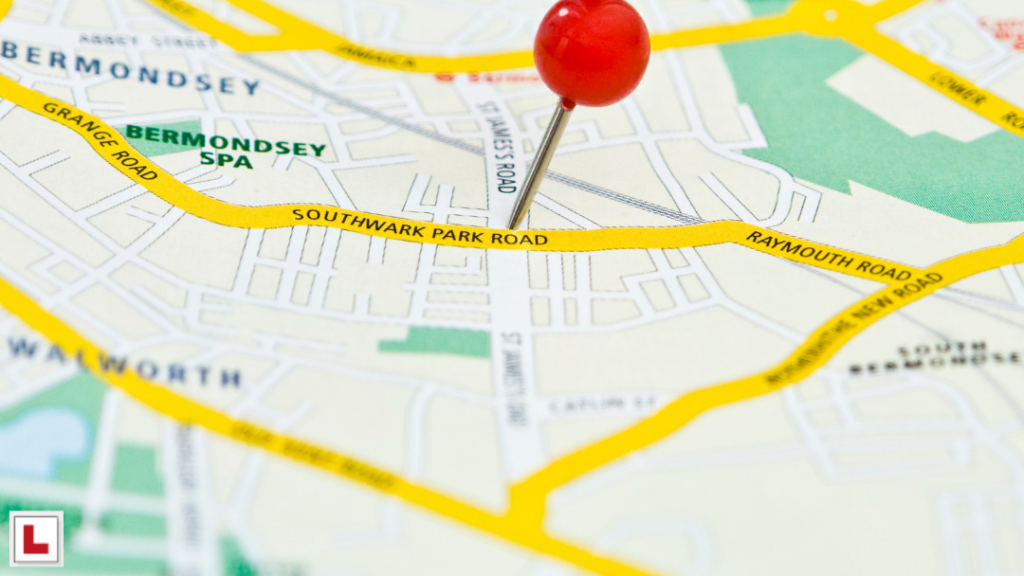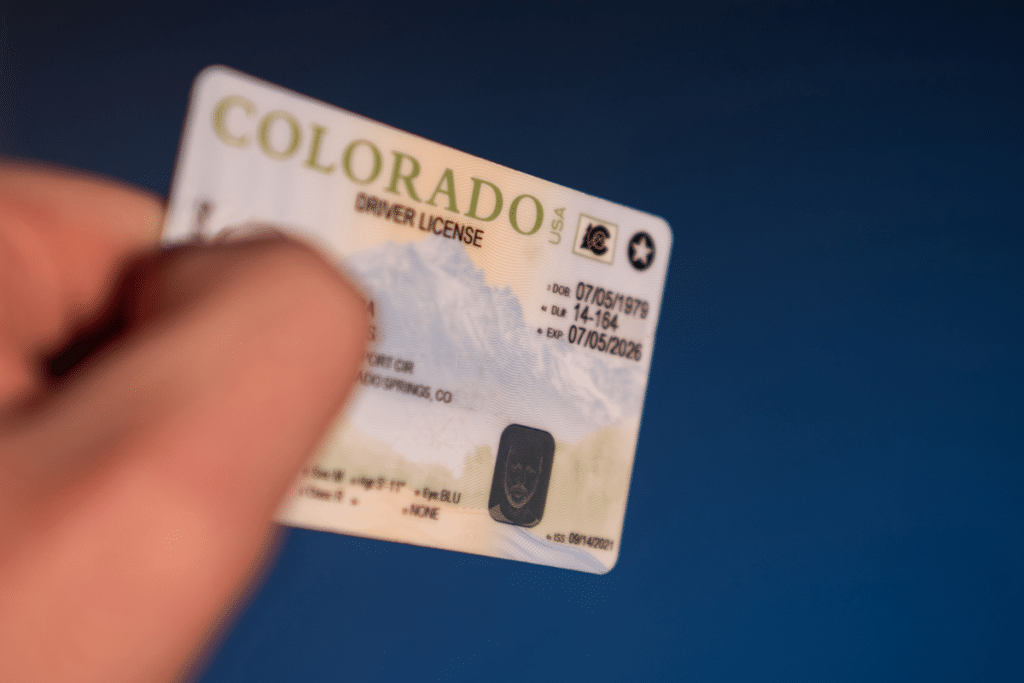UK Driving Test
Where to Practice Driving Near Me: Top 7 Places for Learner Drivers
Are you a learner driver wondering where to practice driving near you? Check out our top 7 locations for building confidence and experience, from quiet…





